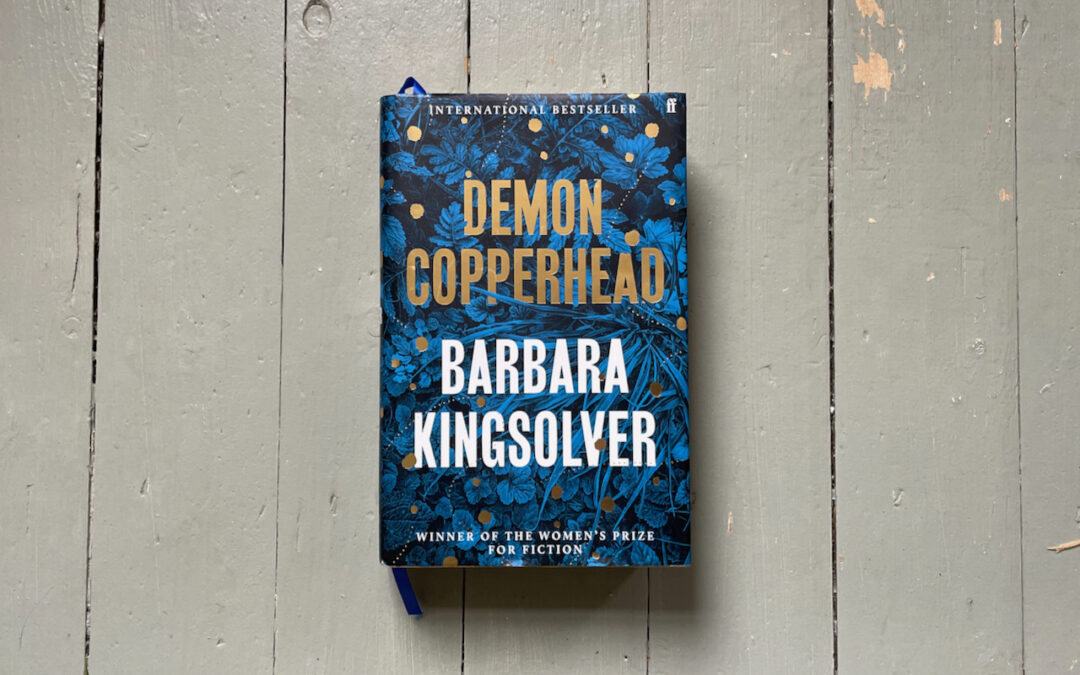‘I felt the kindliness of the moss, which is all over everywhere once you get out of the made world. God’s flooring. All the kinds, pillowy, pin-cushiony, shag carpet. Gray sticks of moss with red heads like matchsticks. Some tiny dead part of me woke up to the moss and said, Man. Where you been.’
In Demon Copperhead, Barbara Kingsolver tells the story of a boy growing up in the Appalachian mountains in Virginia as he encounters and navigates poverty, foster care, abuse, institutional failure, labour exploitation and opioid addiction.
The book is at once thrilling and devastating: a searing indictment of society in its failure to care for children and young people whilst also wondrous in the way Demon tells his story and allows humanity to shine. Towards the end of the novel, Demon has a choice about whether or not to move to the city and go through rehab to address his drug addiction. He makes a reckless excursion into the wild; a landscape he has grown up in, feels intimately connected with and hates being away from. Memories surface of the past, and in particular he remembers the patience and care of his one-time neighbour Mr Peg. These memories become entwined with the gentleness of the moss he finds himself on, and he makes his choice.
The epigraph to the novel, quoted from David Copperfield, tells us: “It is in vain to recall the past, unless it works some influence upon the present”. Closely echoing the story of David Copperfield, the story and events in the book are expected and anticipated. The end of the book is therefore pre-destined, and in this way seems to ask us to question if, given what has been described throughout the book so far, such an ending is at all possible. What is affirmative is that everything finally hinges on the solo trip into the wilderness. Demon loathes the ‘made world’, the cities and the growing lack of connection to nature and ultimately, for answers, he falls back into the land which he recognises has been a source of nurture for him.
As Demon faces a choice of whether to take the hard route of rehab, so the book implies that we as humanity have a choice: either to find a way forward or to continue perpetuating past mistakes. It is not something that can be done alone; it must be a collective decision made through consensus to avoid catastrophe. For me, the small paragraph about the solace of moss encapsulates the sense of waking up to what has been there all the time; nature quietening the hard edges which have been inflicted on the land, and softening and forgiving our human mistakes. ‘A kindliness of mosses’ seems to lend itself as an apt collective noun for moss, communicating the need for compassion for ourselves and the world around us as we stumble forward.


